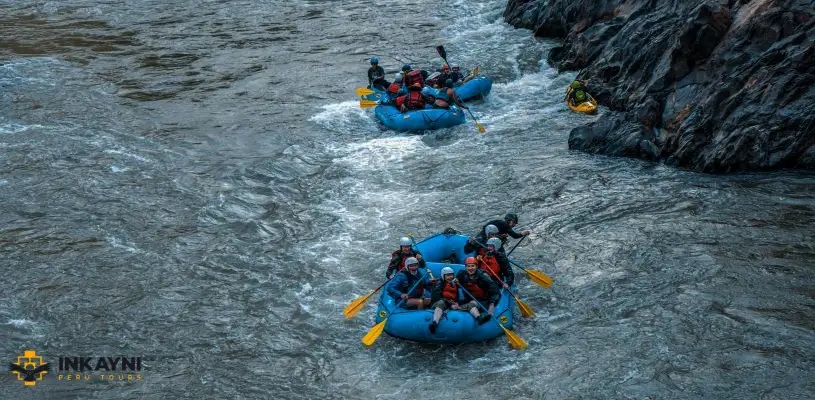What to do in Aguas Calientes? This is the first question any traveler asks when arriving at this small town, also known as Machu Picchu Pueblo. At 2,040 meters above sea level, it’s the mandatory base for visiting the Inca citadel and world wonder, Machu Picchu. From hidden hot springs to less-traveled hiking trails and street art that tells the living history of the Andes, this town has surprises for those who decide to stay a little longer.
What usually complicates first-time visitors is the logistics: coordinating round-trip trains, considering spending the night if your Machu Picchu entry is early or late, buying bus tickets in advance during high season, and planning margins for lines. During the rainy season, the Hydroelectric route can present risks. Additionally, it’s wise to carry cash for small expenses, as not all shops accept cards. Good planning avoids extra costs, setbacks, and time losses. Keep reading and avoid the most common mistakes.

Whispering river between green walls. Photo by: Velmont.
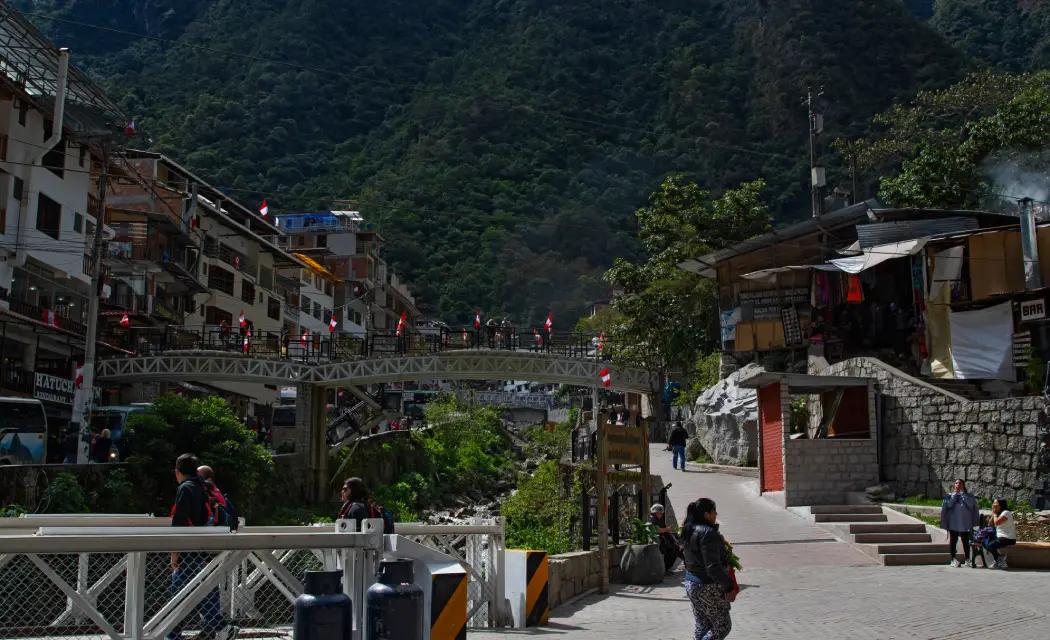
The mountain watching daily life. Photo by: Punk Bird.
How to Get to Aguas Calientes?
1. By Train: The Most Comfortable Option
The train is the most popular and direct way to reach Aguas Calientes. The main departure stations are:
- Ollantaytambo: Located in the Sacred Valley, approximately 2 hours from Cusco. From here, trains take between 1:30 and 2 hours to reach Aguas Calientes.
- Poroy: Located about 20 minutes from Cusco, although with fewer departure frequencies.
The companies operating these routes are PeruRail and Inca Rail, offering different service categories, from budget options to luxury trains.
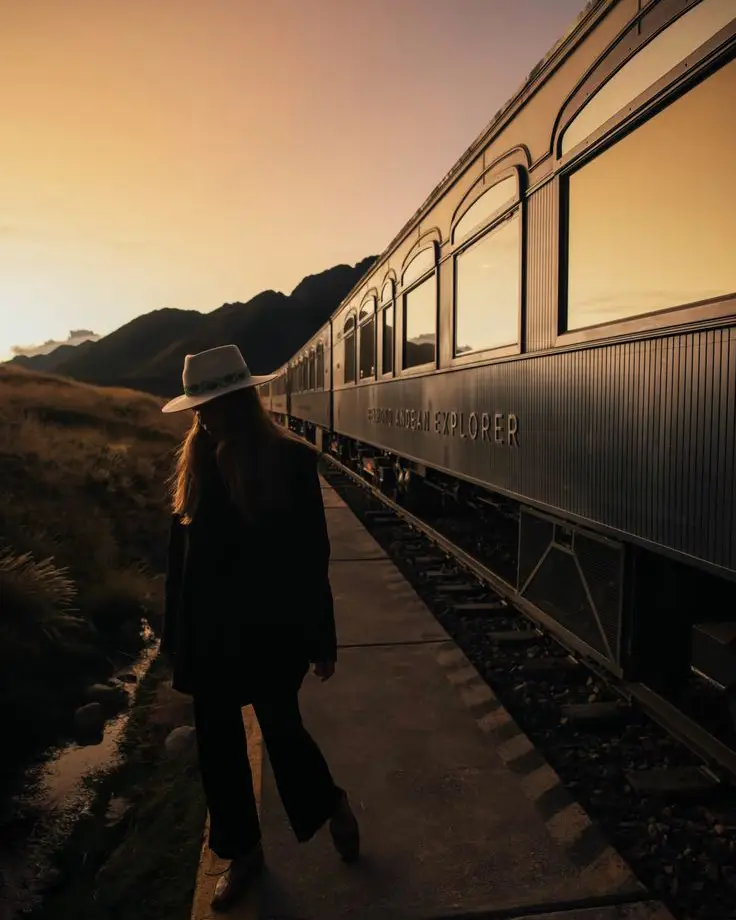
Golden sky over the mountains. Photo by: Belmond.
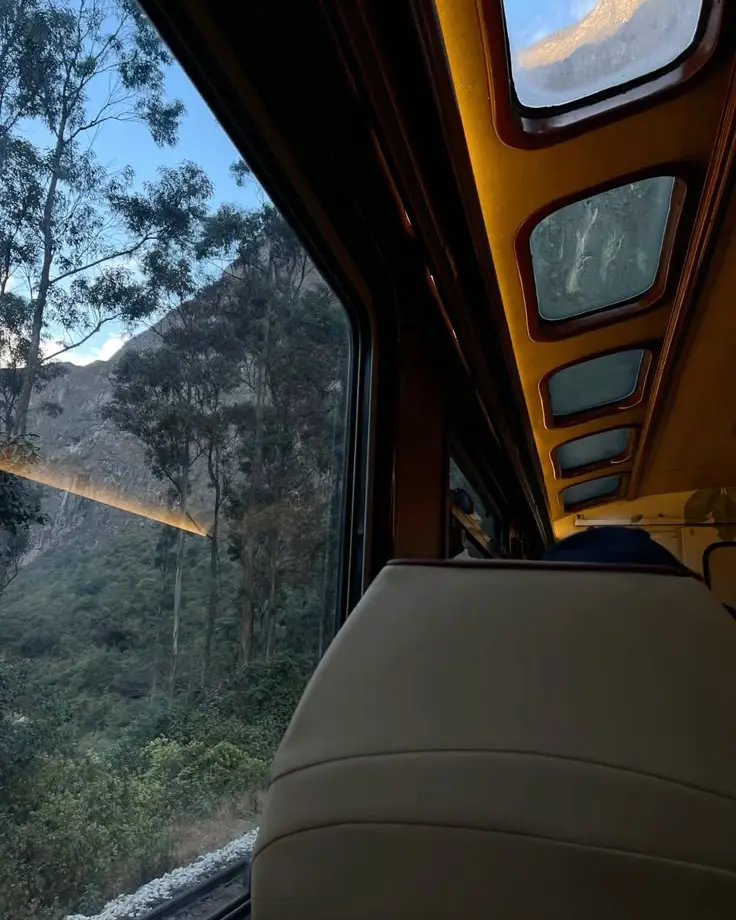
Rugged mountains through the glass. Photo by: Vivi.
2. Trekking Routes to Aguas Calientes
Classic Inca Trail
One of the world’s most famous hiking routes, the Inca Trail is a 4-day, 3-night journey (in its classic version) that culminates at the Sun Gate (Inti Punku), offering a spectacular entrance to Machu Picchu. It’s necessary to book several months in advance due to high demand and permit restrictions.
Salkantay Trek
An alternative to the Inca Trail, the Salkantay Trek is a 5-day hike that traverses varied landscapes, from snow-capped mountains to tropical forests. The route ends in Aguas Calientes, allowing for a closer experience with nature and fewer crowds.
Other Trekking Routes
Besides these two options, there are lesser-known hikes that also end in Aguas Calientes. The Inca Jungle Trek combines mountain biking, hiking, and adventure activities during 3 to 4 days before reaching the town. The Lares Trek, on the other hand, offers a 4-day journey through Andean communities, with direct contact with local culture and views of high-altitude lakes, before connecting with Ollantaytambo and continuing by train to Aguas Calientes.
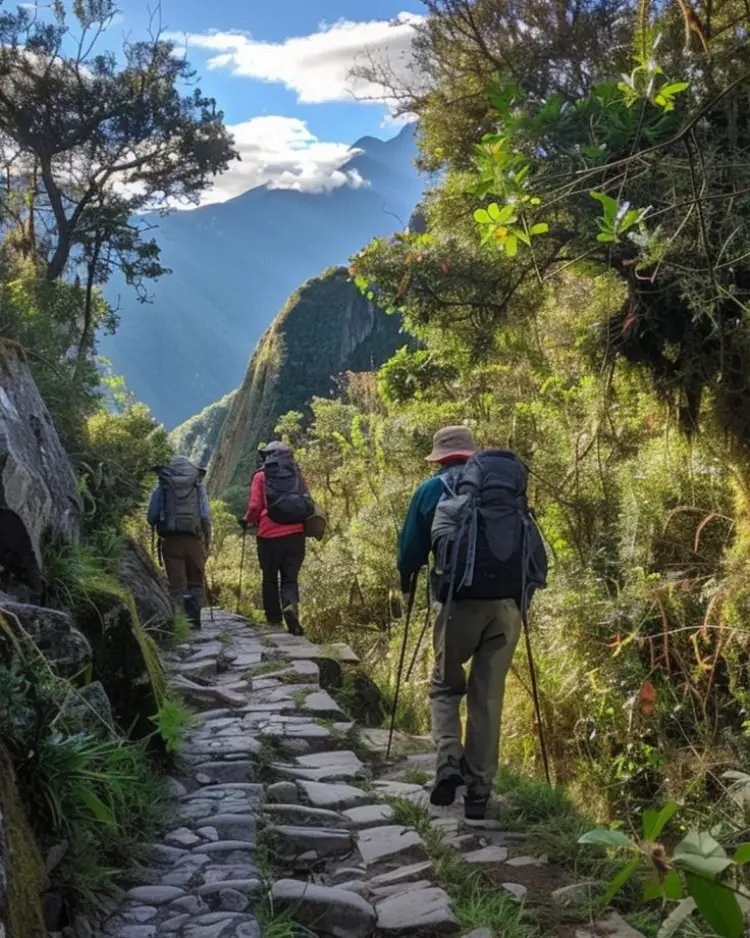
Stone path to the heights. Photo by: Times Valley.
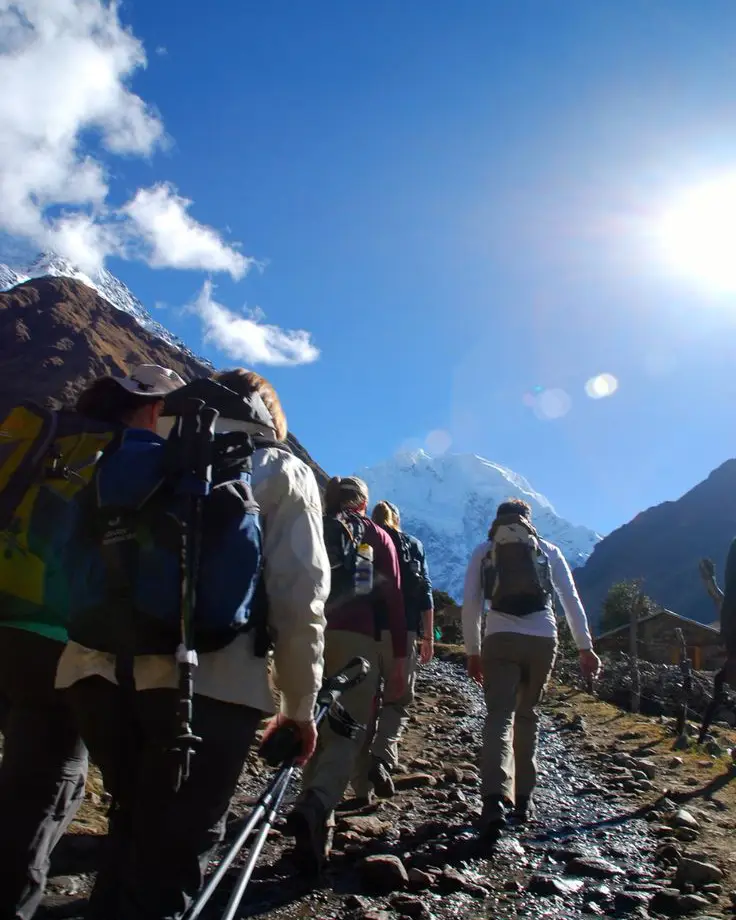
Deep blue sky. Photo by: Qorianka Tours.
3. Hydroelectric Route
For those seeking a more economical and flexible option, the route through the Hydroelectric is an excellent alternative. The typical itinerary is:
- Cusco to Santa María: Bus journey of approximately 5 hours.
- Santa María to Santa Teresa: Vehicle trip of 1 hour.
- Santa Teresa to Hydroelectric Station: Short journey by local transport.
- Hydroelectric to Aguas Calientes: Walk of approximately 2 to 3 hours following the train tracks, or take a train that takes about 30 minutes.
This route is ideal for those who have more time and want to enjoy impressive landscapes at a reduced cost.
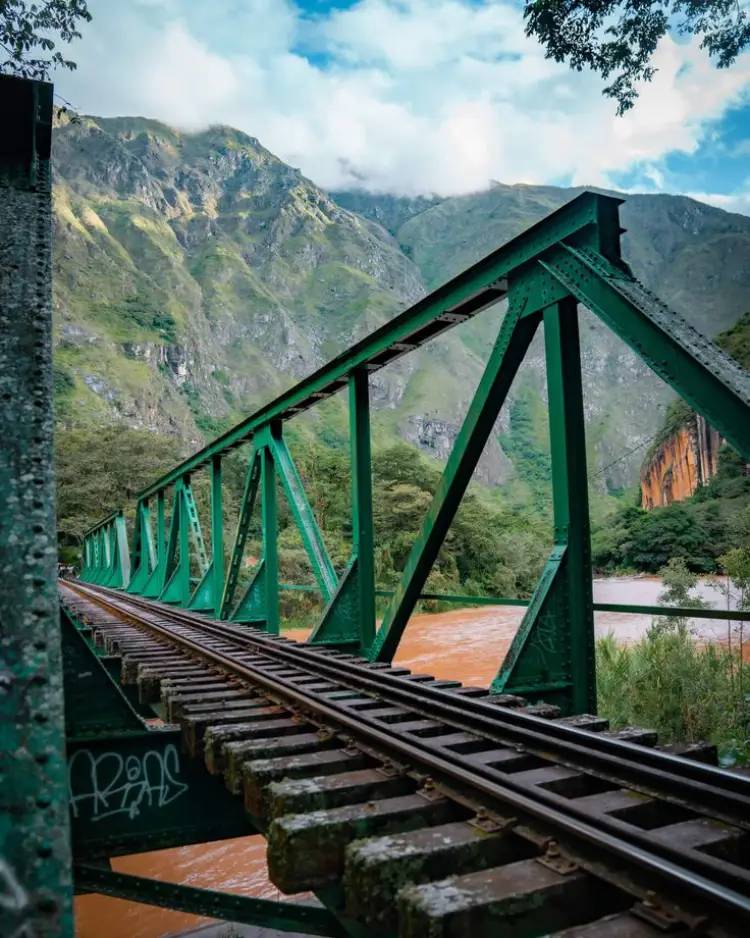
Green bridge over reddish river. Photo by: Travel Guides.
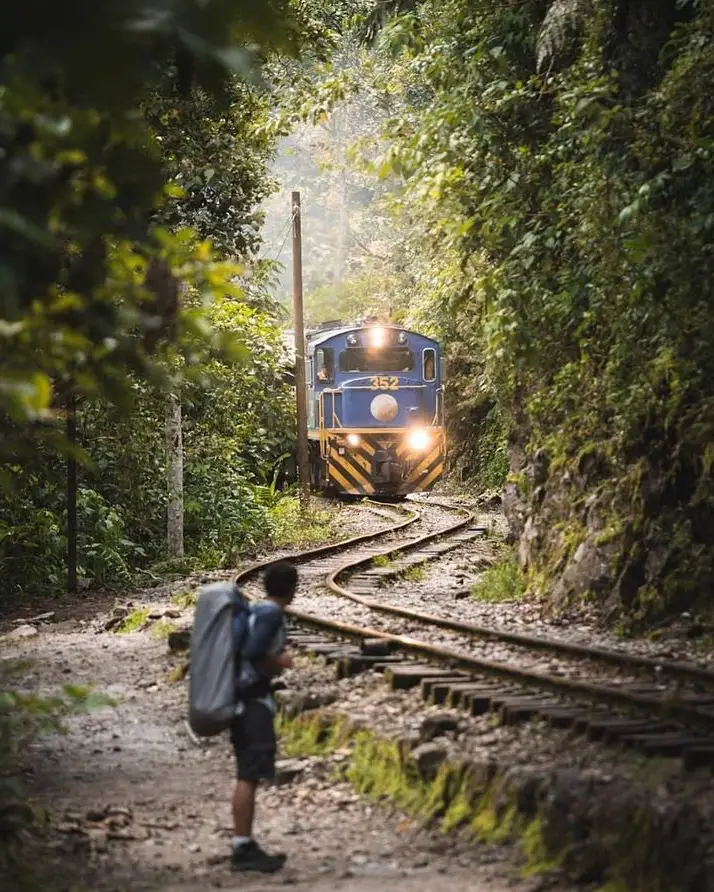
Before the encounter. Photo by: Salkantay Trek.
What to Do in Aguas Calientes? Key Activities and Places
Hot Springs
After an intense hike or before your visit to Machu Picchu, nothing beats immersing yourself in the town’s famous hot springs. These pools are the reason the place bears the name Aguas Calientes, as for centuries the hot water springs have been a resting point for locals and travelers.
- How to get there: 10 to 15 minutes walking from the main square, following Hermanos Ayar street toward the mountain.
- Hours: 5:00 a.m. to 8:00 p.m.
- Price: around S/20 (foreigners) / S/10 (Peruvians).
- What to bring: swimsuit, towel, sandals, and hat. You can rent some at the entrance if needed.
- Best time of day: at dawn to avoid crowds or late afternoon to relax your body after a day of hiking.
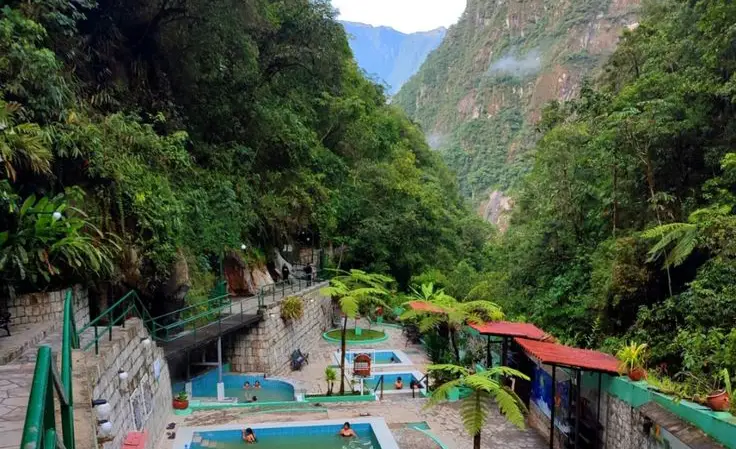
Hot springs in the green heart. Photo by: Cusco Lodge Hotel Boutique.
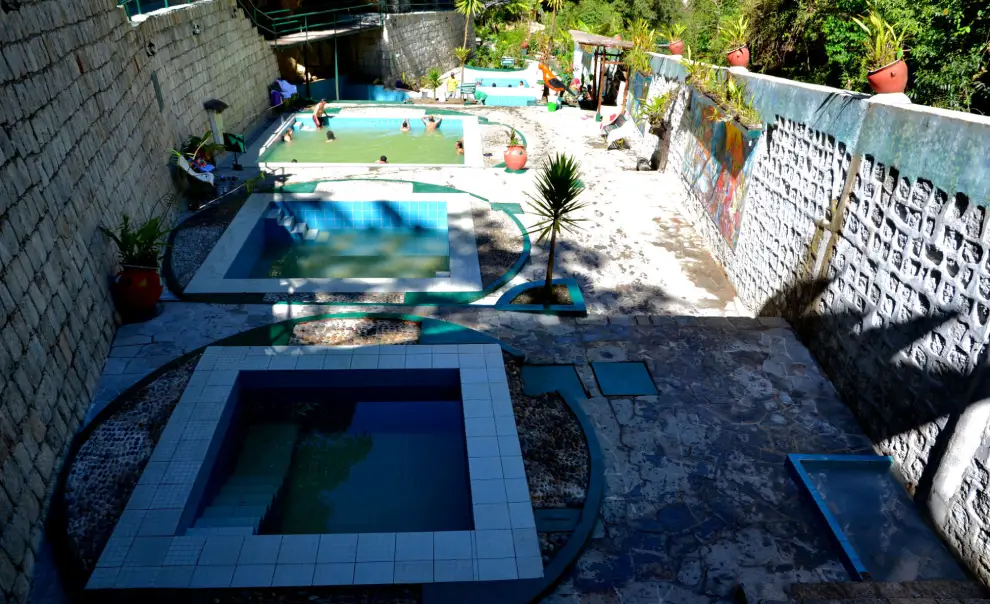
Sun on serene waters. Photo by: Machupicchu Terra.
Mandor Waterfall and Gardens
A small natural paradise on the outskirts of town. Mandor is an ecological garden with a waterfall that seems straight out of a fairy tale.
- Access route: 1 hour walk from Aguas Calientes following the train tracks toward the hydroelectric.
- Entrance fee: S/10 per person.
- Estimated visit duration: 2 to 3 hours.
- Notable flora: orchids, giant ferns, and fruit trees. Ideal for botany lovers and birdwatching.
- What to bring: repellent, water, comfortable shoes, and camera.
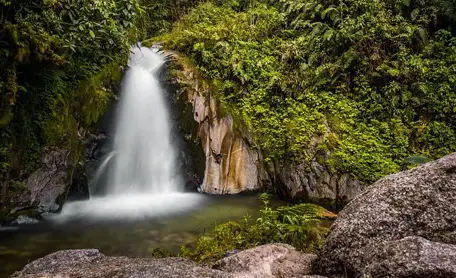
Water dances over the stones. Photo by: Tour in Peru.
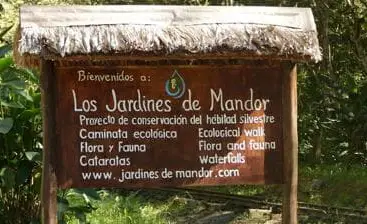
Living nature. Photo by: Machupicchu Terra.
Handicrafts Market
Colorful, vibrant, and full of history, the handicrafts market is the ideal place to take home a piece of the Andes.
- Location: next to the train station, impossible to miss.
- Type of products: textiles, ceramics, silver jewelry, postcards, and souvenirs.
- Can you bargain? Yes, with kindness and respect.
Important Note:
You can also visit a small market on the right side of the station: it usually has lower prices and similar products.
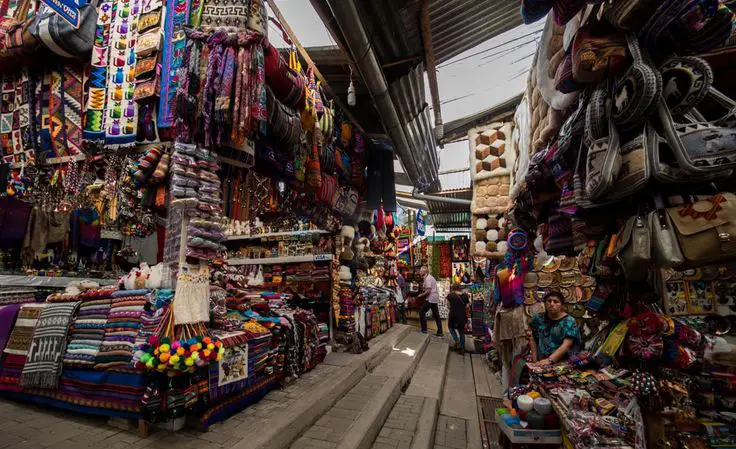
A sensory walk through tradition. Photo by: Will Tang.
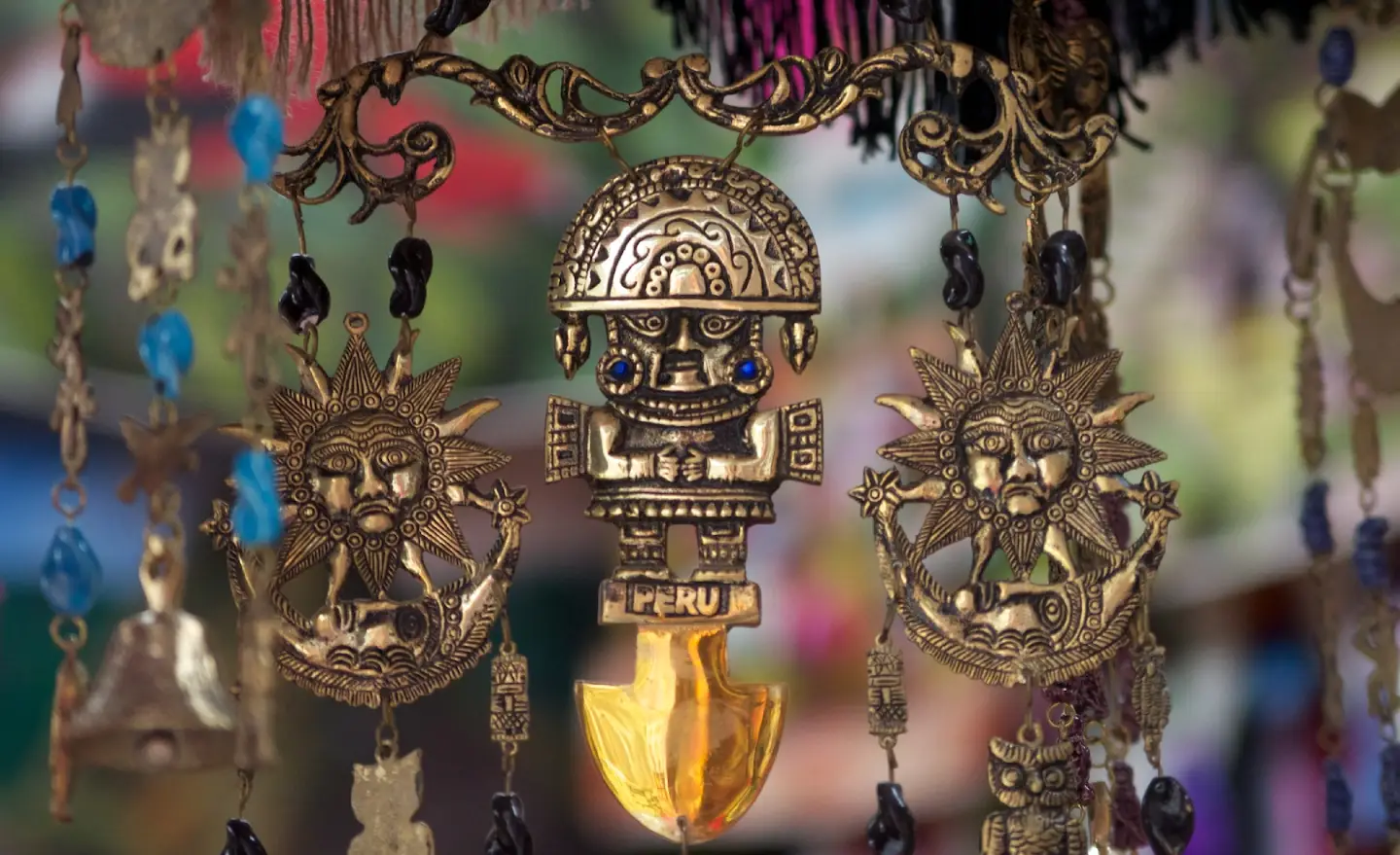
Golden shine that transcends. Photo by: Hyee Haw.
Putucusi Mountain
Putucusi Mountain was for years one of the most intense and lesser-known hikes in Aguas Calientes. From its popularity in the 2000s and early 2010s, it attracted adventurous travelers seeking unique views of Machu Picchu without paying entrance to the citadel, facing a 2 to 3-hour climb with almost vertical wooden ladders. In 2016, rains destroyed much of those structures and the trail was officially closed, although some continued trying on their own at their own risk. In April 2025, a landslide forced the definitive closure of access for safety reasons.
- Duration: 2-3 hours of intense climbing (when open).
- Difficulty: very high. Requires mountaineering experience.
- Views: spectacular of Machu Picchu and the Urubamba valley.
- Current status: CLOSED for safety.
Alternative:
While Putucusi remains closed, you can consider Machu Picchu Mountain as an alternative to obtain similar panoramic views of the Inca citadel.
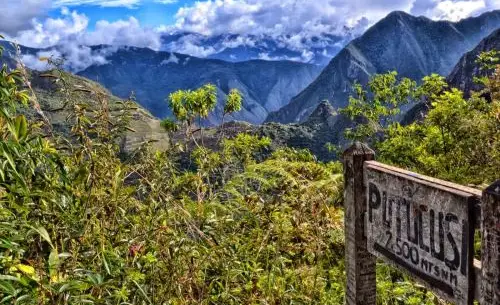
The mountain greeting the clouds (currently closed). Photo by: Andina.
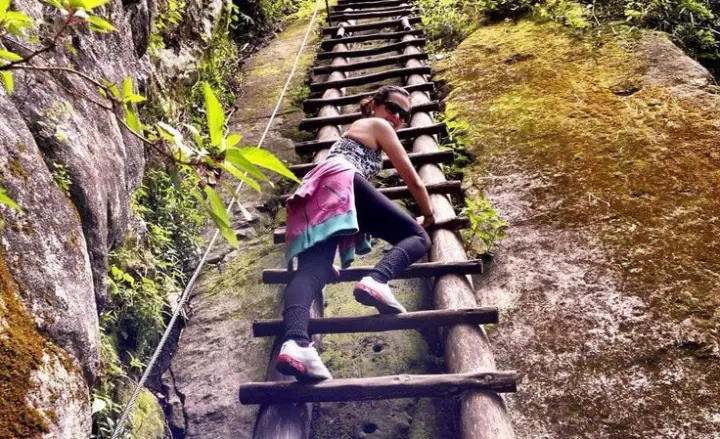
Trails awaiting their reopening. Photo by: Oscar Montalvo.
Manuel Chávez Ballón Museum
For those who want to understand the archaeological context of Machu Picchu before or after the visit.
- Location: 30 minutes walking from town, toward the road up to Machu Picchu.
- Price: approximately S/22 (free entrance for those who already have a Machu Picchu ticket).
- Exhibitions: archaeological findings, models, and explanations about life in the citadel.
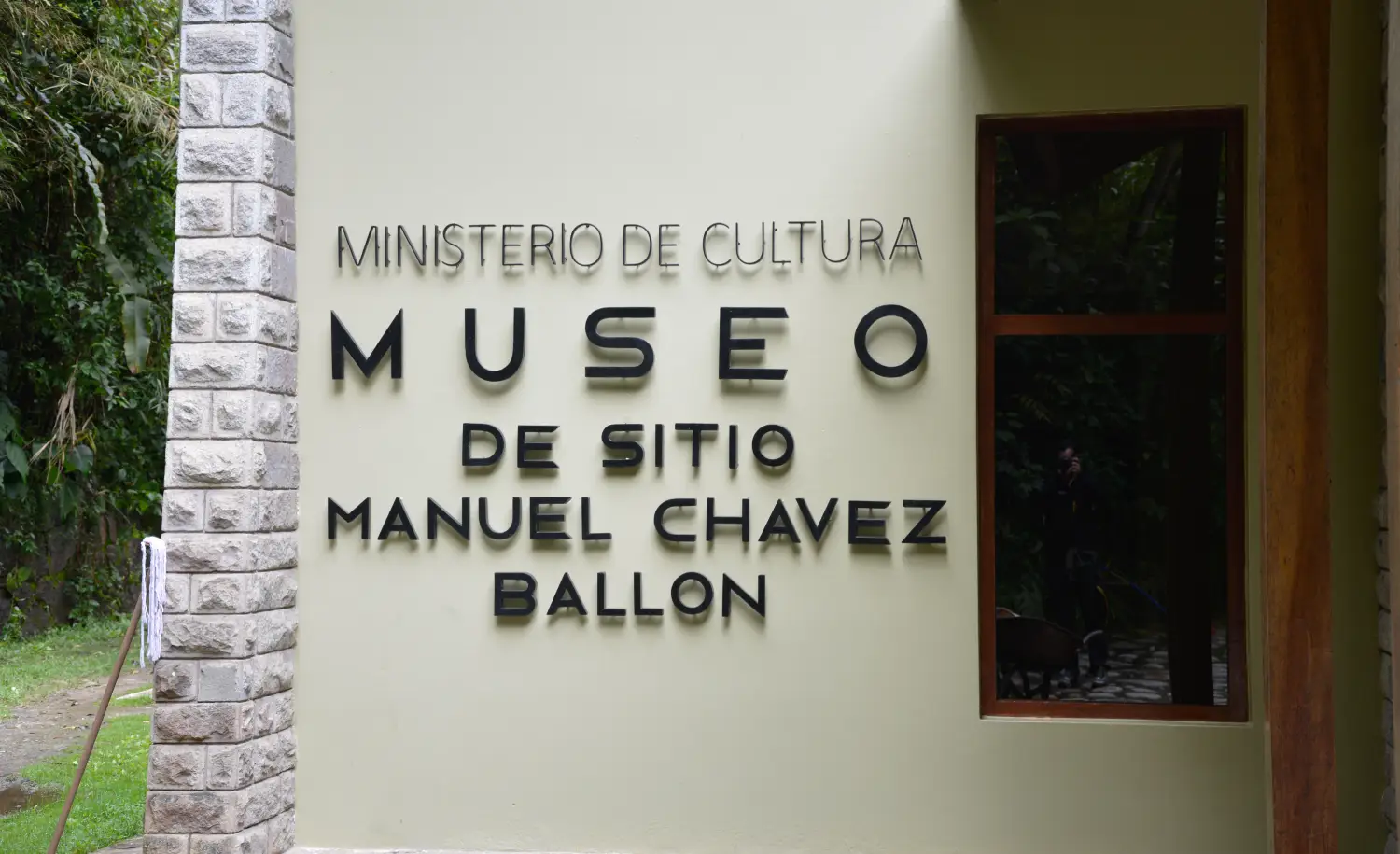
Preserving what we were. Photo by: Gaël Beure.
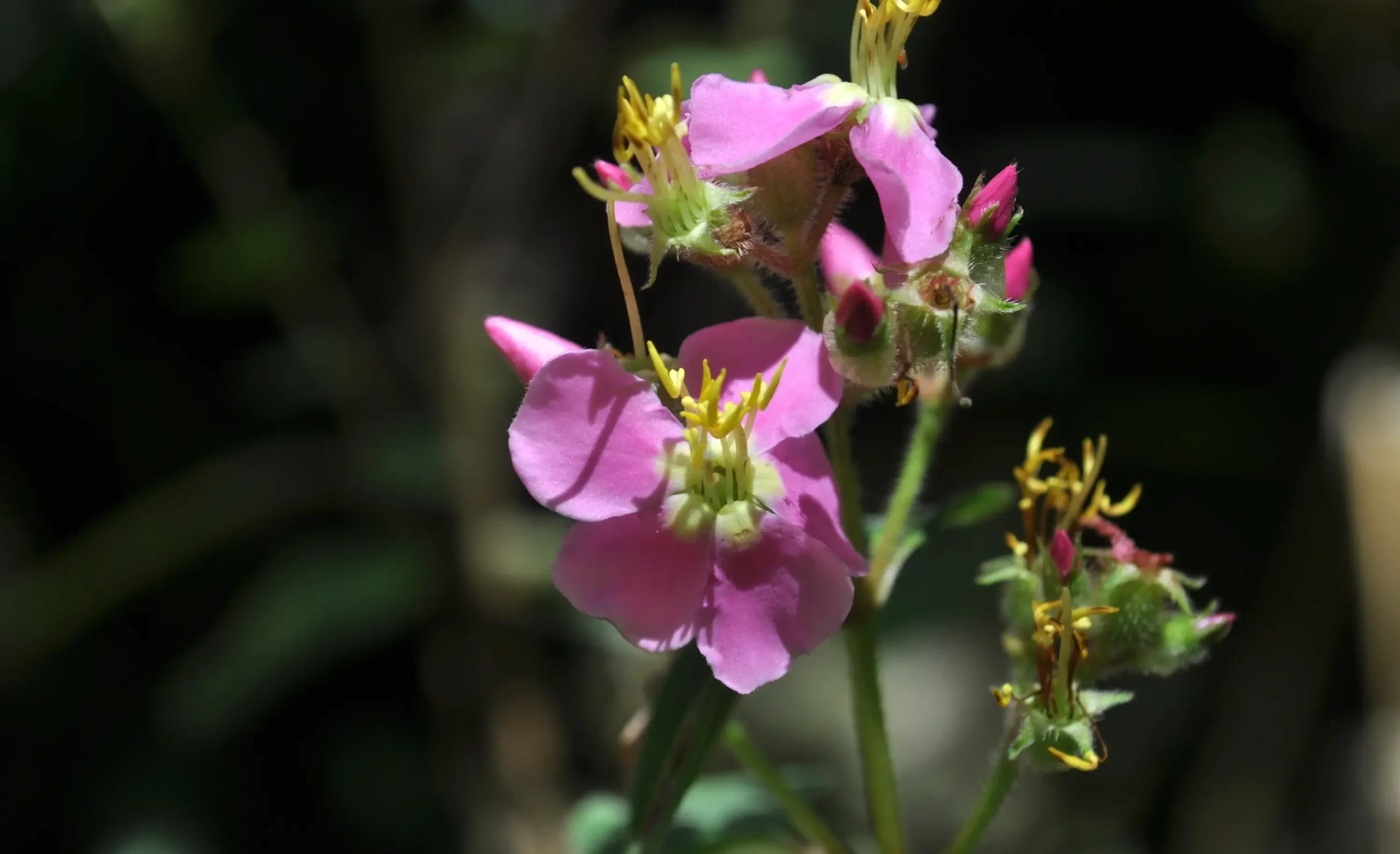
Dancing with the light. Photo by: Congo Chris.
Butterfly Garden (Mariposario)
An educational and beautiful corner, ideal for families or those seeking a light stroll.
- Location: 15-20 minutes walking from town, on the route toward the citadel.
- Visit time: 30 to 45 minutes.
- What to see: up to 10 species of live butterflies in a natural environment and explanations about their life cycle.
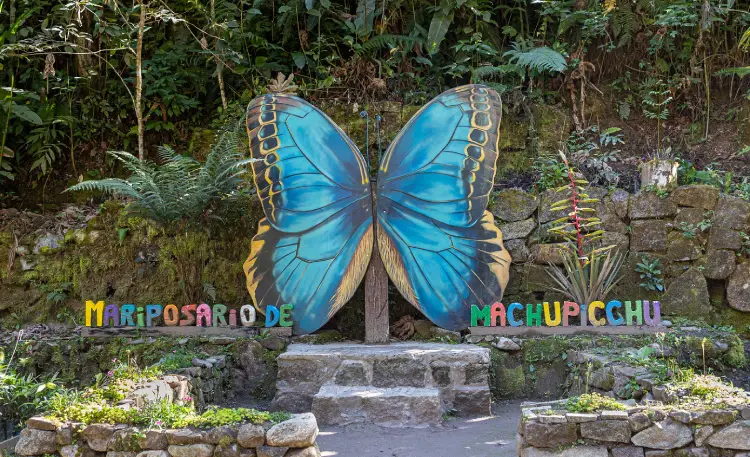
Flutter in the mountain. Photo by: Leaning Ladder.
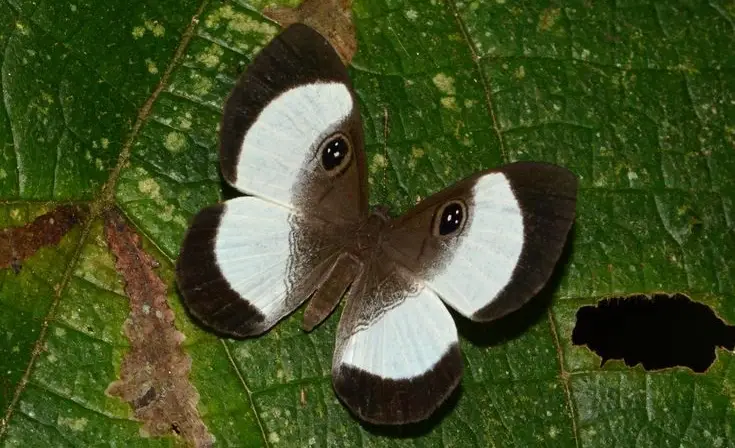
Velvet wings. Photo by: Ken Kertell.
Food in Aguas Calientes
Despite being a small town, the gastronomic offer is wide and varied.
- Types of food: from artisanal pizzas to fresh trout and novo-Andean cuisine.
- Recommended dishes: grilled trout, ají de gallina, lomo saltado.
- Suggestions:
- Indio Feliz: Peruvian-French fusion.
- Mapacho Craft Beer: outstanding craft beer.
- Chullos: traditional dishes.
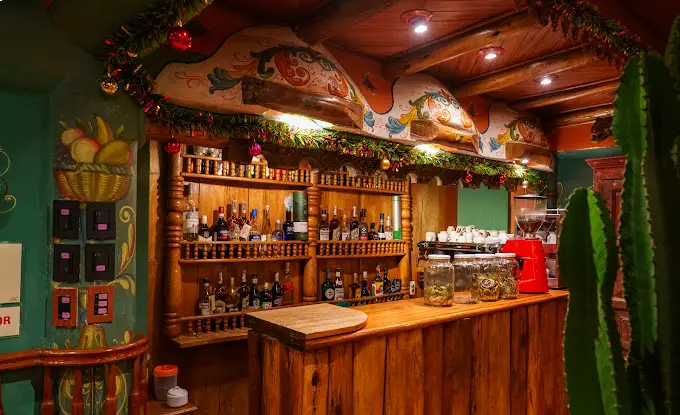
Festive spirit. Photo by: Darryl Sato.
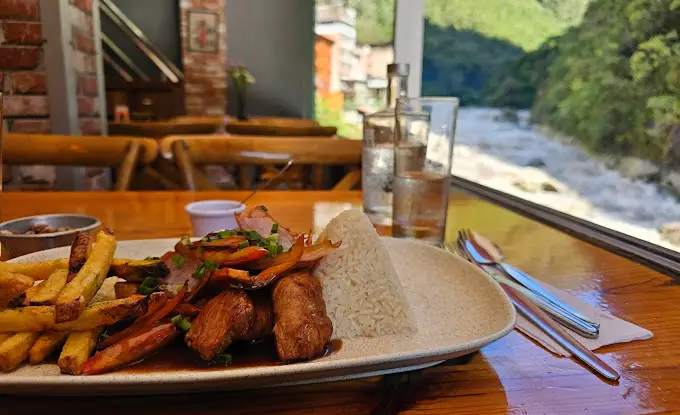
Golden lunch by the river. Photo by: Fanjia Jin.
Stone Sculpture Circuit
An open-air gallery that runs through the town’s streets and pays homage to the Andean world.
- Location: along the Aguas Calientes river and around the pedestrian bridge.
- What to see: sculptures of Andean animals, Inca gods, ancestral faces carved directly in stone.
- Estimated duration: 30 minutes to 1 hour walking calmly.
- Best time of day: in the morning or at sunset, when light softens the contours of the figures.
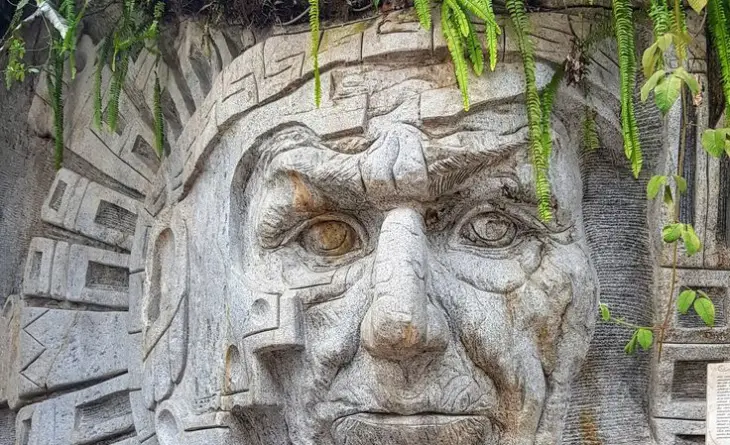
The rock has memory. Photo by: Viaje Propio.
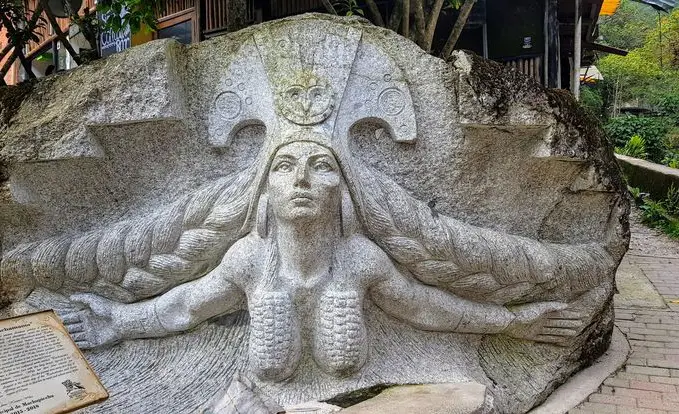
Infinite earth. Photo by: Viaje Propio.
Best Time to Visit Aguas Calientes
Dry Season (April to October)
- Climate: sunny days, clear skies, cold nights.
- Advantages: better conditions for hiking and photos; lower probability of rain.
- Disadvantages: more tourists, slightly higher prices, need to book well in advance.
Rainy Season (November to March)
- Climate: intermittent rains, frequent fog, lush vegetation.
- Advantages: fewer visitors, greener landscapes, mystical atmosphere.
- Disadvantages: slippery paths, possibility of closures on trekking routes, fog that may cover Machu Picchu.
Important Note:
The months of April and September usually offer a good balance between weather and tranquility.
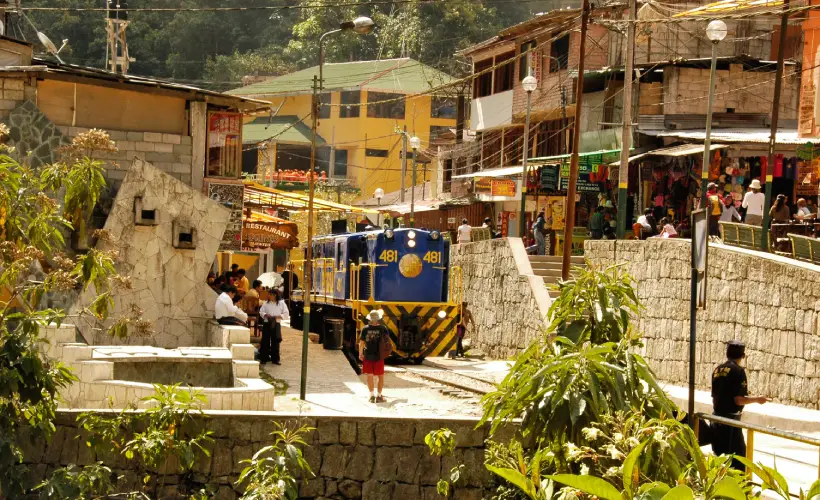
The coming and going of days. Photo by: Matt B. Diehl.
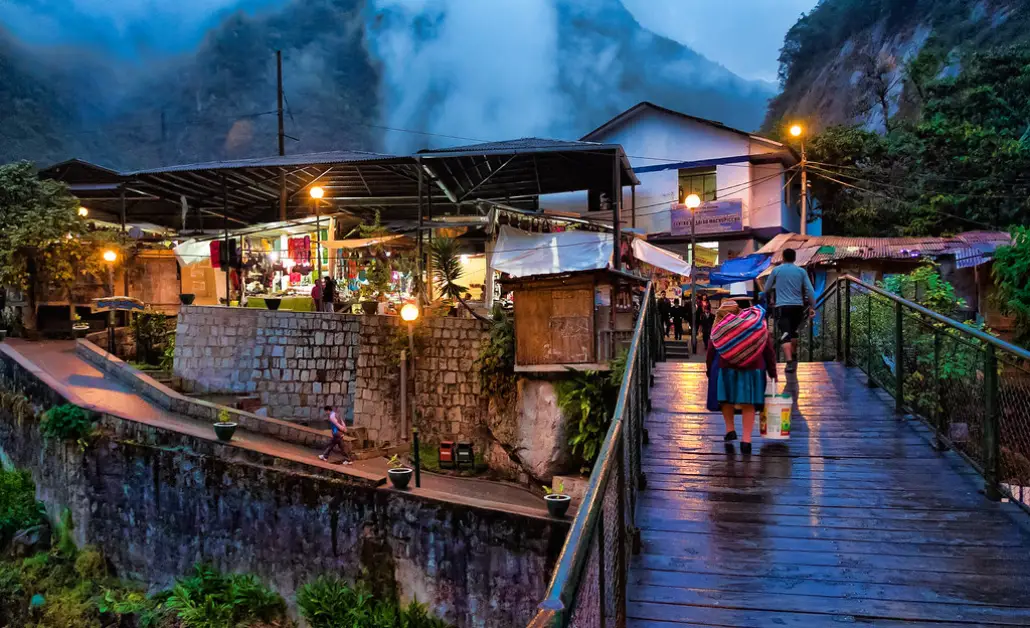
Soft colors under the cold sky. Photo by: Ramon C.
Do You Already Know What to Do in Aguas Calientes?
Aguas Calientes doesn’t shout, doesn’t boast. It lets itself be discovered in silence, between the steam of the hot springs, the whisper of the Urubamba, and the stone sculptures that seem like sentinels from another time. It’s a town that many cross in a hurry, like someone running toward a bright destination, without knowing that the charm has already begun before arriving.
At Inkayni Peru Tours we know that staying a little longer than planned in Aguas Calientes is, finally, allowing yourself to listen.
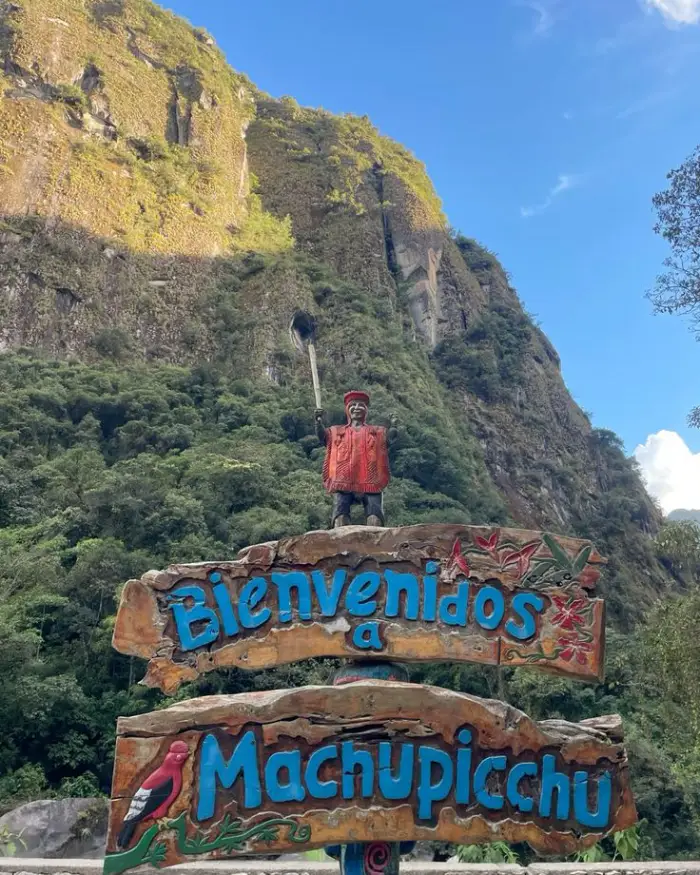
Welcome to the heart of the Andes. Photo by: Marisa Stoker.
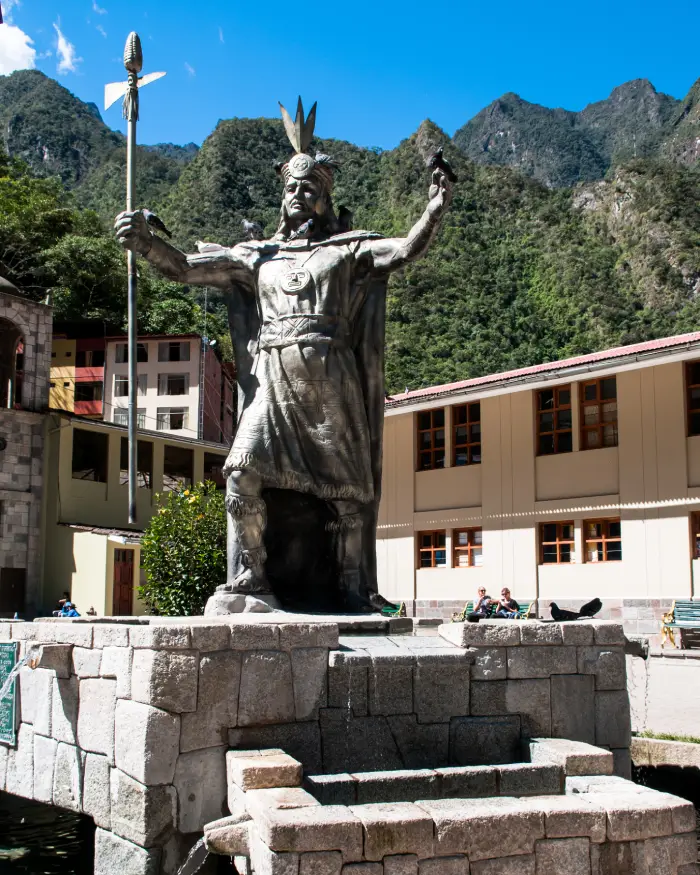
Resistance and pride. Photo by: H. Y.
Frequently Asked Questions
Can you camp in Aguas Calientes?
Camping is not allowed within the town of Aguas Calientes, as it is an urban area with municipal regulations.
However, if you’re looking for an experience closer to nature, you can find campsites in nearby areas like Santa Teresa or on alternative routes like the Salkantay. In Aguas Calientes, it’s best to opt for hostels or eco-friendly accommodations that integrate with the environment.
Is it worth staying in Aguas Calientes more than one night?
Definitely yes! Although many travelers spend only one night to visit Machu Picchu the next day, staying a little longer allows you to enjoy the town’s atmosphere at your leisure, its hot springs, short hikes, natural viewpoints, and even a visit to the site museum.
Additionally, if you have time, watching the sunrise in this jungle corner is an unforgettable experience.
Can I walk from town to Machu Picchu?
Yes, you can. The pedestrian path from Aguas Calientes to the entrance of Machu Picchu is a steep climb that takes between 1 hour and 1 hour and a half, depending on your pace.
It’s a demanding but rewarding option, ideal for those seeking a dose of adventure before reaching the Inca wonder. Just remember to start early to avoid the strong sun and bring water.
Are there ATMs?
Yes, in Aguas Calientes there are several ATMs, but it’s important to know that they sometimes run out of cash, especially during high season. The ideal is to bring some cash from Cusco or make sure to withdraw before arriving.
Many shops accept cards, but not all, so cash is useful for entrance fees, local transportation, or souvenirs.
Is it safe to walk at night?
Aguas Calientes is a small town and generally safe for walking at night, especially in areas near the main square or the river.
Still, as in any tourist place, it’s recommended to maintain basic precautions: don’t leave valuables exposed and avoid remote or poorly lit areas if you’re alone.
What to pack in your backpack for a day in Aguas Calientes?
- Light clothing and a waterproof jacket (the weather is changeable).
- Sunscreen and insect repellent.
- Reusable water bottle.
- Camera or phone with good battery.
- Cash
- Swimsuit and small towel (in case you go to the hot springs).
- Your Machu Picchu entrance ticket printed and digital (if you plan to go up the next day).
How many days do you recommend staying?
The ideal is 2 nights: one to rest before going up to Machu Picchu, and another to relax after the tour, especially if you did a hike or want to enjoy the town without rushing.
If you have time, you can even add a third night to explore more calmly.
Are the hot springs worth it?
Yes, the hot springs of Aguas Calientes (also known as Machu Picchu Hot Springs) are a relaxing stop after a day of hiking. Although they are quite simple, the jungle environment and warm water make the visit worthwhile.
Just keep in mind that they can be crowded at certain times, especially at the end of the day.
Can I visit the museum or gardens after Machu Picchu?
Of course! The Manuel Chávez Ballón Site Museum and the Botanical Garden are located near the pedestrian path between Machu Picchu and Aguas Calientes. They’re open until mid-afternoon, so if you walk down after your visit to the citadel, you can make a cultural and natural stop before returning to town.
It’s an excellent way to complement your experience.




